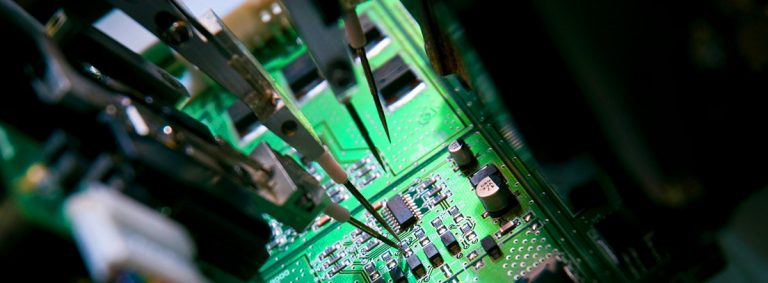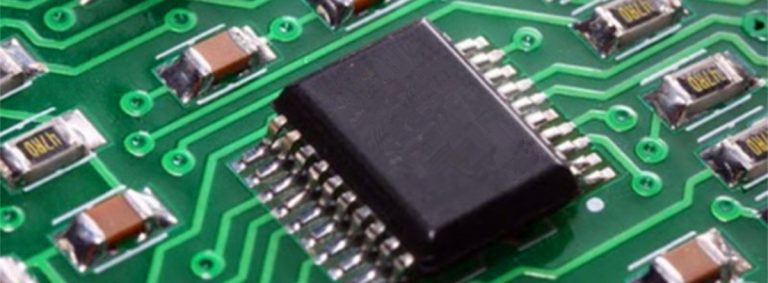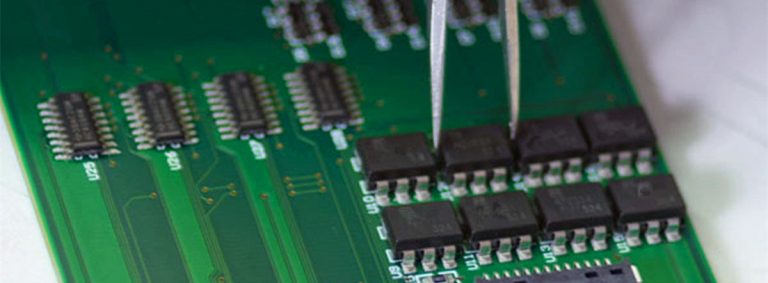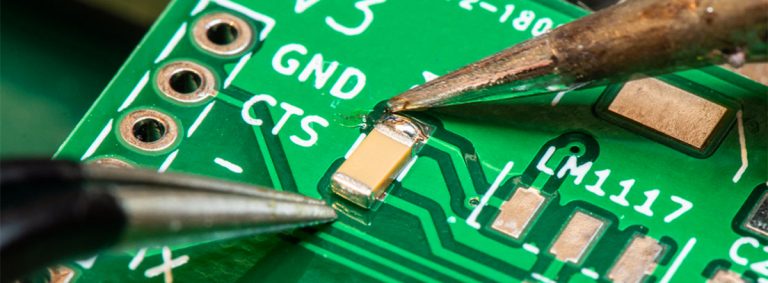What is a Rigid-Flex PCB?

What is a Rigid-Flex PCB?, Rigid-flex printed circuit boards are boards that use a combination of flexible and rigid board technologies. a rigid-flex PCB is a combination of both rigid and flexible substrates. One or more flexible circuits are used to connect subcircuits on rigid PCBs.
In the standard multilayer circuit board PCB design, we use the board concept to divide the different functional circuits into smaller boards and put the system into a single housing using various interconnects. it is a little different from Rigid-Flex PCB, What is a Rigid-Flex PCB?
The problem with this standard approach is that the reliability of the interconnects cannot be guaranteed (especially after considering electromagnetic interference/electromagnetic compatibility issues). Standard card edge connectors with a good electrical conductivity that meet our size requirements do not always exist; the best alternative is cable, but the cables are not practical and they are not able to meet the space requirements of the chassis.
If a multilayer board design requires us to interconnect several rigid PCB boards in a compact enclosure with high-level connections and high-speed connections, the combination of rigid-flexible combination is the best solution.
What is a rigid combination? Simply put, two or more rigid boards are electrically connected through a flexible portion.
A single flexible layer typically consists of the following materials:
Flexible polyimide core;
Conductive copper layer;
Binder

The conductive copper layer is sandwiched between the flexible polyimides on both sides by an adhesive. The polyimide layer and the adhesive layer are generally regarded as one unit (referred to as a cover layer) which can be laminated on the copper layer by heat and pressure. Multiple flexible layers can be used in any given design.
The rigid portion is added to the flexible layer through a rigid layer of standard PCB material:
Injecting glass fiber prepreg with resin, it will flow and bond when heated;
Non-conductive glass fiber base layer (usually FR-4);
traditional green solder mask;
Screen printing marks and identification information
The flexible polyimide layer and the conductive copper layer typically continue throughout the board (including rigid layers and flexible layers). However, some designs limit the amount of flexible polyimide used to fill the rigid layer portion with a prepreg.
In terms of design, rigid-flexible bonding is considered a piece of the folded circuit board. This reduces the total number of interconnects required in the system and avoids manual steps such as soldering flat ribbon cables to rigid boards.







